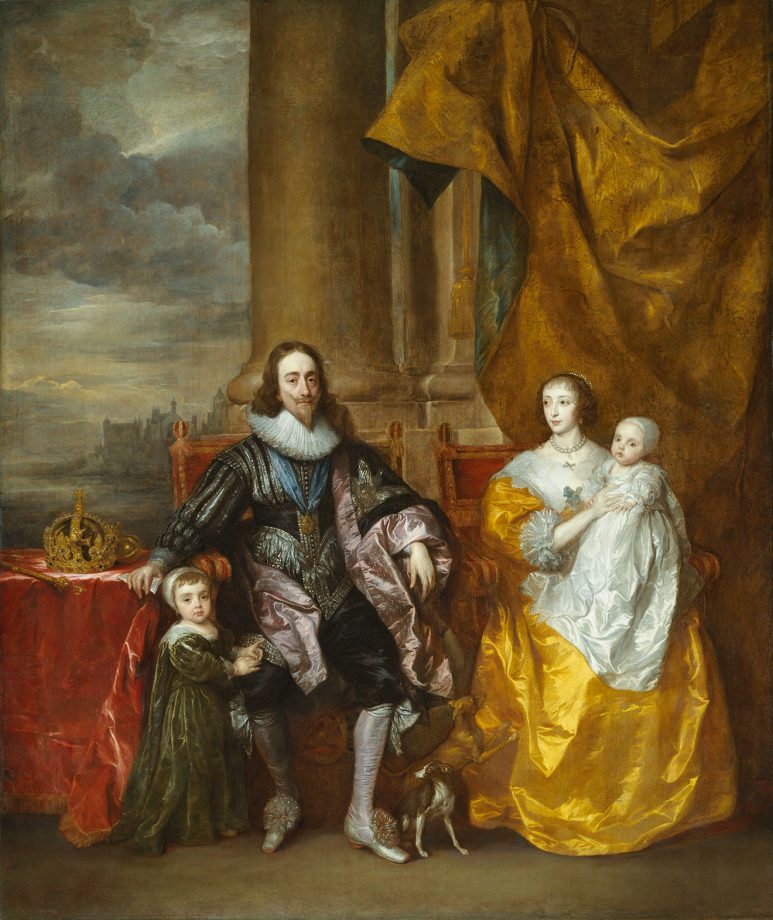From
Country Life:
Between the restoration of the monarchy
on May 1, 1660, and Charles II’s return three weeks later, frantic
efforts were made to get the royal palaces into order to receive him.
Only Whitehall and Hampton Court, the residences used by Oliver
Cromwell, were fit for the new Court, but even they needed refurnishing.
When a Dutch visitor, Lodewijk Huygens, was shown the former King’s
apartments at Hampton Court, he was struck by the air of desolation:
‘The furniture had all been removed, except for the tapestries which had
been behind the good ones to protect them from the damp of the walls.’
Almost nothing was left, because Charles I’s possessions, including
one of the greatest art collections in Europe, had been sold during the
Commonwealth. Parliament moved quickly to put history into reverse. On
May 9, the House of Lords appointed a Committee for the Recovery of the
King’s Goods, which issued an order that ‘All persons that have any of
the King’s goods, jewels, or pictures’ had to return them within seven
days. The proclamation was backed up by powers of search and seizure
and, from August, by the offer of rewards for information about goods
‘wilfully concealed’.
Within days, queues were forming at the office in Whitehall appointed
for the purpose and, by the middle of June 1661, more than 1,000
paintings had been returned or seized. No compensation was paid, as the
sale of the King’s goods was exempted from the 1660 Act of Indemnity and
Oblivion, which declared a general amnesty for acts committed during
the Commonwealth. (
Read more.)
 |
| Charles I and Henrietta Maria by Van Dyck |
 |
| King Charles I by Van Dyck |
 |
| Henrietta of France by Van Dyck |
More
HERE.
Share






















No comments:
Post a Comment